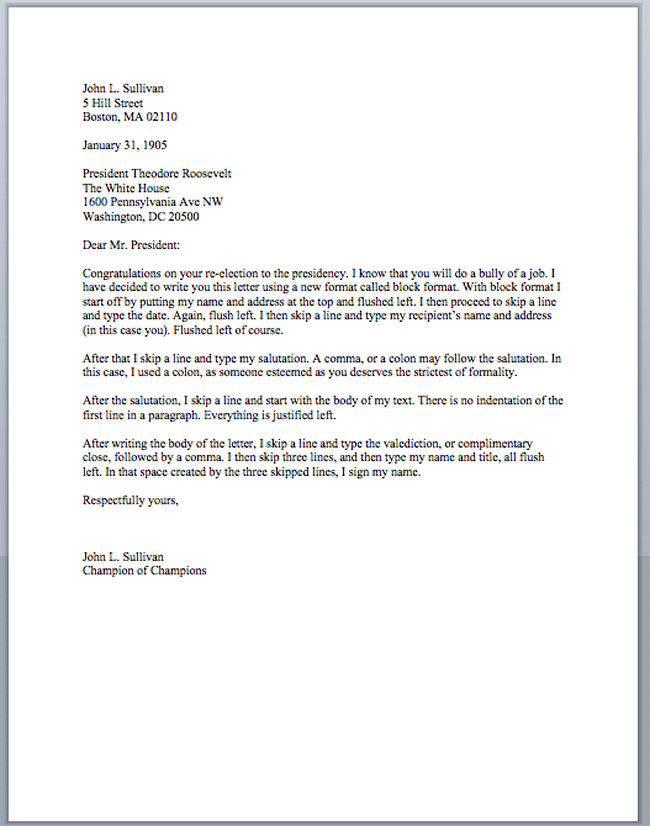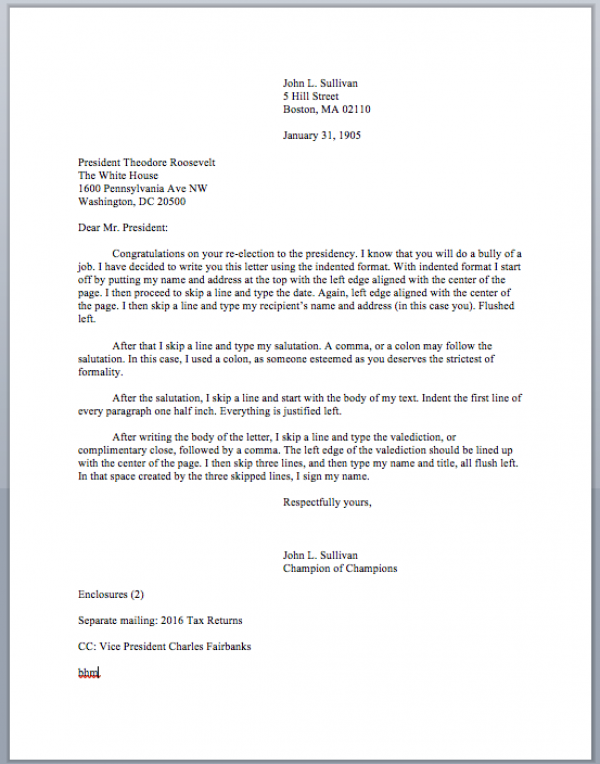How To Write a Letter
While email and texts have become the standard form of written communication in today’s fast-paced, digital world, there’s still a place for old-fashioned, snail mail letters.
The physical heft of a letter gives the communication a psychological weight that email and texts just don’t have. Digital communication is ethereal and ephemeral, and consequently lends itself to impulsive and flippant transmissions. A letter, on the other hand, is tangible evidence that someone has put some thought into their writing. They’ve outlined, edited, and stuck to a structured business form in the missive’s creation. To send that letter, its author had to take the time to get an envelope and a stamp. They then had to check that the address was written correctly to ensure its safe arrival. In short, a physical letter shows that someone took the time to give a damn. And that’s hard for the recipient to ignore.
Want to cut through the endless piles of applications employers get? Instead of submitting yet another resume through the online mill, send yours through the mail.
Want to let your elected representative know your views on an issue? Instead of signing a cookie cutter petition, write them a letter.
Want to show a friend you’ve really been thinking about them? Instead of sending a lousy, “What’s been going on?” text, write them a note.
Buy Silver at Discounted Prices
Whenever you want to ensure that your message is taken seriously, choose the ponderance of a physical letter over the flimsiness of digital communications.
But what if you’ve never written a letter? First, don’t feel bad. If you grew up in a time when the internet had always existed, maybe you’ve just never thought about writing one. But why not give it a try? By the time you’re finished with this article, you’ll be ready to write your very first.
The Two Types of Letters: Formal and Informal
There are two types of letters: formal and informal.
Formal letters have certain formats and protocols you should follow and are used when you’re communicating with businesses, government officials, or individuals you don’t know very well.
Informal letters have fewer rules and are used when you’re writing close family and friends.
Formal letters have more rules regarding structure and protocol, so let’s look at that type first.
How to Write a Formal Letter
Formal Letters Should Be Typed
While nothing looks handsomer than a letter written with spectacular penmanship, handwritten letters are too personal (and possibly messy) for formal situations. Since formal letters are used when business is discussed, you want to make sure your writing is legible and professional. Save your handwritten letters for when you write your grandma or best gal; type your letter if you’re writing a congressman or potential employer.
What Type of Paper to Use
For most formal letters, feel free to use standard white printer paper. If you want to add a bit of panache to your communication, swap it out for some nice cream colored resume paper. It has more of a fabric feel and hearkens back to an aristocratic time when people wrote on sheepskin.
In the United States, standard paper size is 8.5″ x 11″. In other countries, it’s labeled as “A4.”
Choose the Right Font
A formal letter isn’t a time for you to show your zany, creative side. No comic sans (does anyone ever use comic sans?). Keep it strictly business.
For printed letters, fonts with serifs are your best bet. They just look sharp and they’re easy to read on paper. Fonts without serifs give your writing a bit of airiness and informality. For formal letters, you can’t go wrong with Times New Roman or Georgia.
Choose Your Form: Block or Indented
Formal letters follow, well, a form. The purpose of this form is to make the letter easy to read and to direct the reader as to where to look for important information.

With block form, all of your text is typed flush left with one-inch margins all around.

With indented form, you indent the first line of a paragraph one inch. You also put your address and date so that it’s right justified. We’ll show you what that means here in a bit. Indented form was the way most people wrote business letters before the proliferation of PCs.
Block form is the easiest to format and the easiest to read. Indented format adds a bit of visual interest and old-school flair. Either is acceptable for formal letters.
The post How To Write a Letter appeared first on LewRockwell.
Leave a Reply